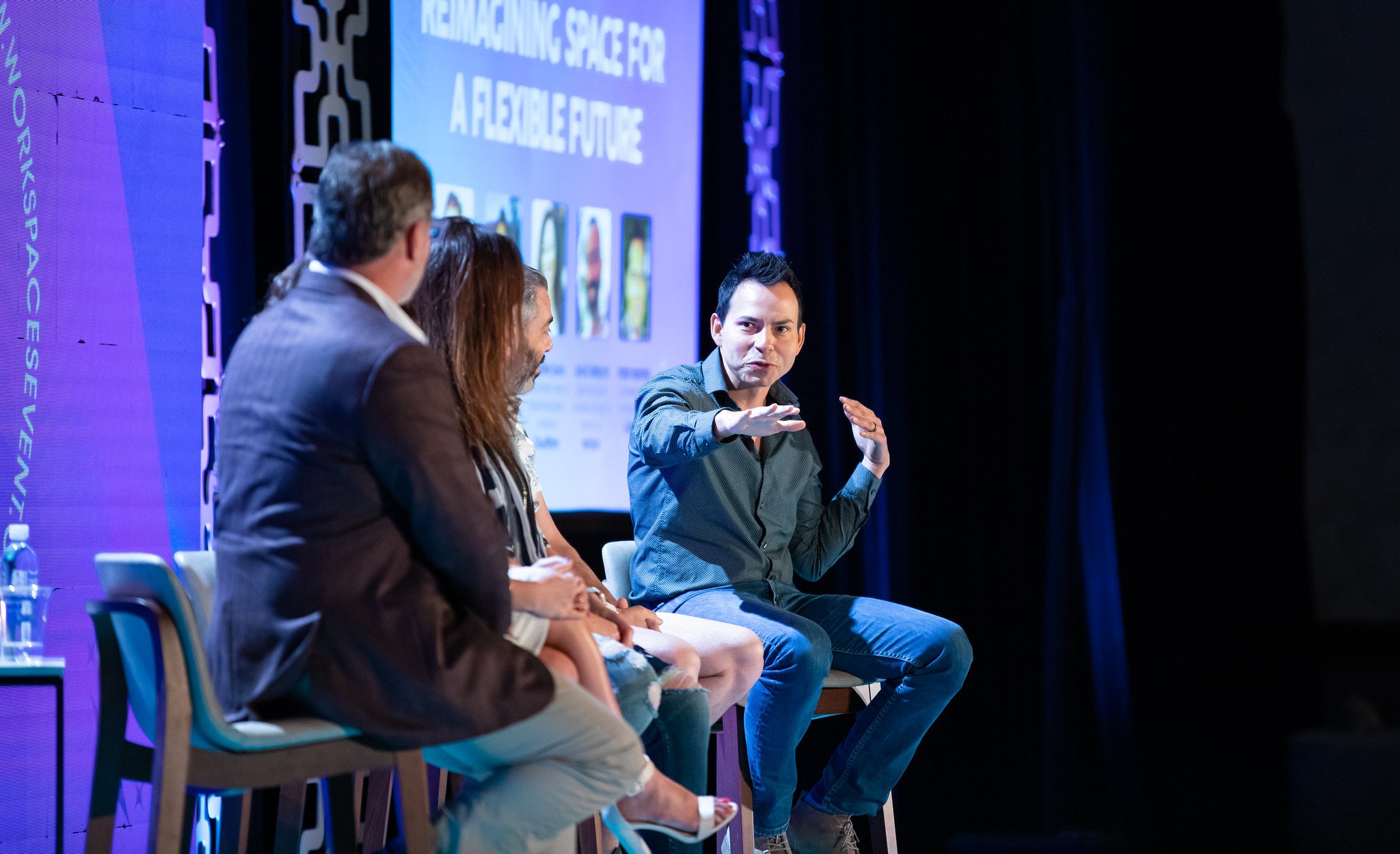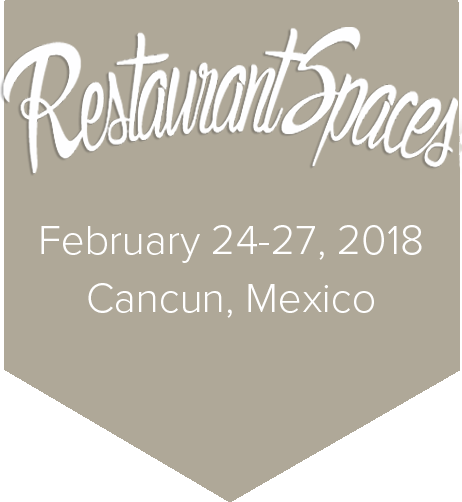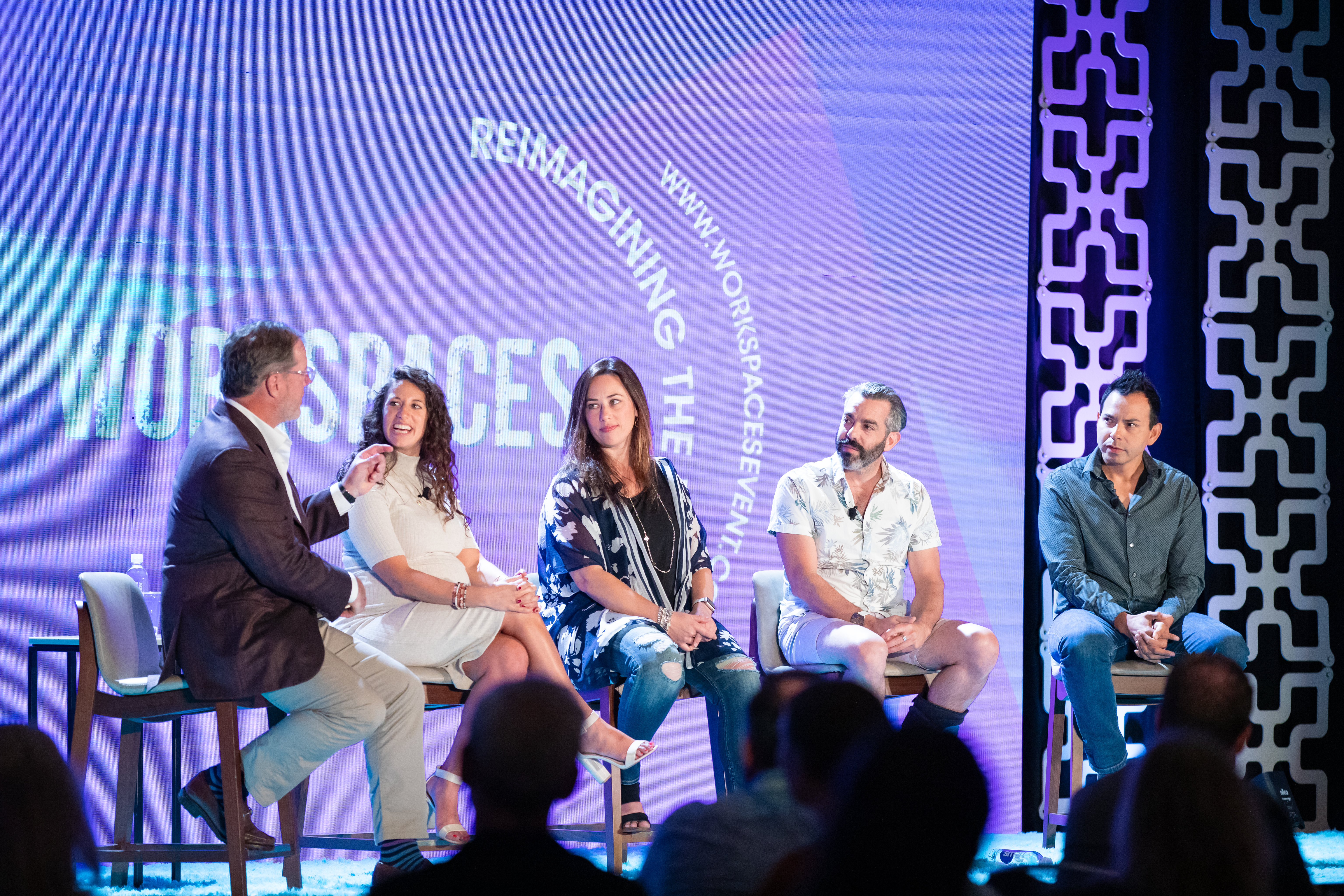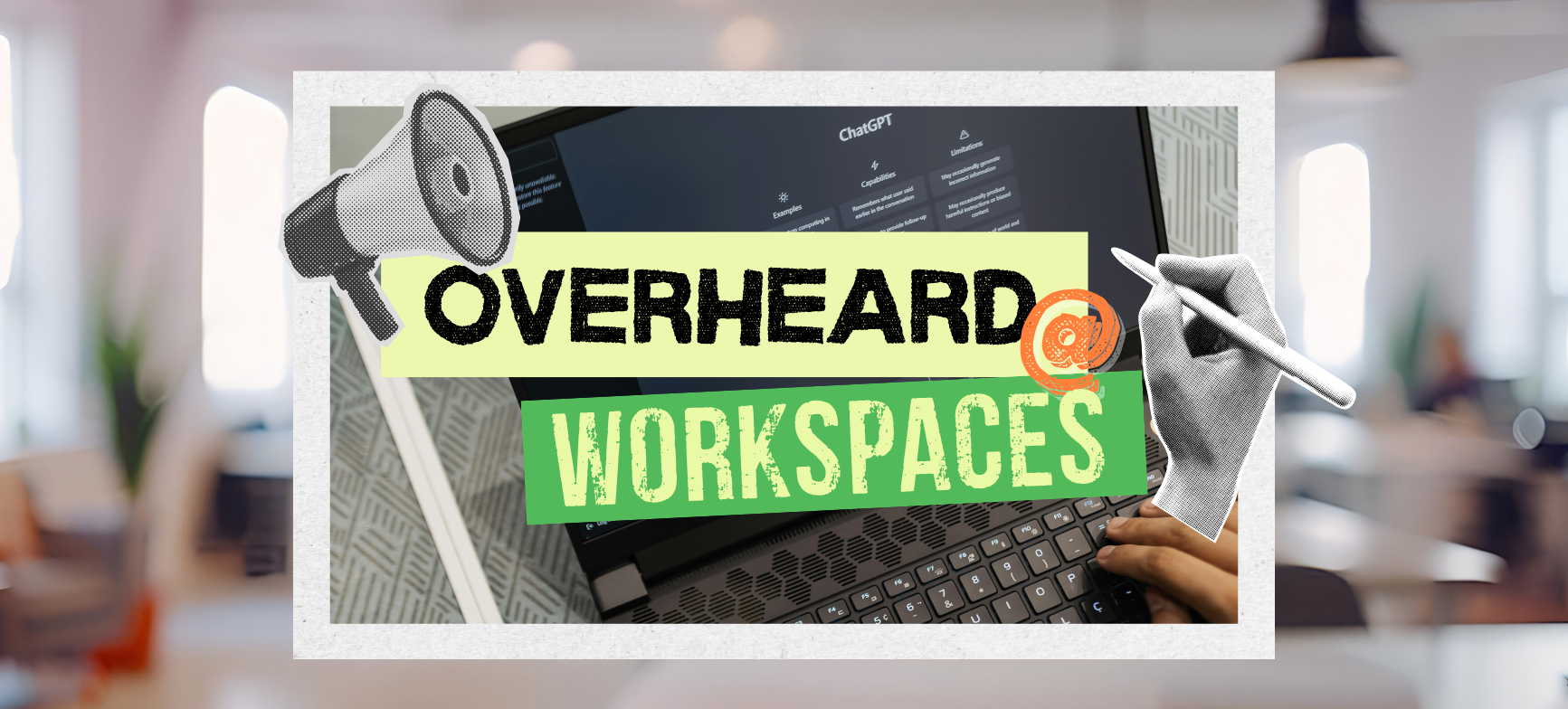After three years of adaptation, experimentation, and iteration, workplace leaders are still trying to get a sense of what the future of work will look like.
Despite the ongoing uncertainty, the ongoing exploration is leading to a radical transformation of physical workspaces and company portfolios. With organizations continuing to gather employee feedback and behavioral data and adapt work models accordingly, undoubtedly, offices will look a lot different than what they did before.
But getting to this future will require a mindset shift for CRE executives, as flexible work forces their roles to evolve.
At WorkSpaces in Palm Springs last October, a group of design and real estate leaders sat down to discuss what’s working for their companies, how they got here, and what challenges lie ahead. Moderated by Joe Brady, CEO, Americas at The Instant Group, the panel included Nellie Hayat, Workplace Innovation Lead at Density; Caroline Quick, Senior Director, Head of Global Real Estate + Workplace at Cloudflare; David Rotbard, Global Real Estate - Workplace Strategy & Experience at Verizon; and Victor Sanchez, Sr. Director of Global Workplace Design at Linkedin.
More “We” than “Me”
The panelists agreed that one of the most successful new office paradigms is the shift from heads-down focus areas to more socially oriented group areas. “The studies are showing that people are coming in for collaboration, socialization, mentorship,” Hayat said. “The me and the we have shifted, and now we have a lot more we spaces.”
As Sanchez and Rotbard pointed out, however, workplaces leaders shouldn’t take for granted that workers are exclusively using those spaces for collaboration. In many cases, they’ve found, workers are driven less by the need to work with their colleagues than by a desire to work around their colleagues.
"People come to the office not just to collaborate, but to do focus work around other people," Rotbard observed. "We have this notion that focus work needs to be in a box or at home — and maybe some focus work does — but people actually like being in a social environment, but not necessarily socializing.”
"As things start to become more kind of steady state, we're gonna find out that there's the right solution somewhere in the middle," Sanchez agreed.
Purpose-Driven Spaces
The movement towards remote and hybrid work can have a democratizing effect for global companies, empowering workers whose voices went unheard under old norms.
To ensure this effect did not vanish when employees returned to the office, Quick’s team at Cloudflare removed video conferencing software from every single room in the company’s offices, while adding “a ton” of phone booths.
“The thinking was that if you are going to be remote in a meeting, if anyone’s gonna be remote in a meeting, everyone will be remote,” she said. "If there's six people in San Francisco, two in Lisbon, and one in Austin, everyone who's together goes into a phone booth and opens up Zoom.”
"It really forces you to question why we're coming together in person," she added. “If we're just gonna be on Zoom, we could be at home; maybe we should not be coming to the office for that purpose. Maybe we should be more thoughtful around when we're coming together.”
Good decisions require good data, which is why Rotbard’s team at Verizon has invested heavily in workplace technology — like Internet of Things infrastructure — to track utilization and experiment with new operational approaches. “We’ve gone all in,” he said. "You get great numbers on how much facilities are being used and you dial back cleaning, you dial back services, you dim floors, you even dim buildings depending on what's needed.”
Still, effective decisions depend on more than data alone. "You do have to have a little bit of gut feel, and you have to have a little bit of reading the audience, understanding, listening," Rotbard said. "We have to listen a lot better and then couple that with data and technology and hopefully make some critical decisions.”
 Victor Sanchez, Sr. Director, Head of Global Design and Build at LinkedIn
Victor Sanchez, Sr. Director, Head of Global Design and Build at LinkedIn
Brokering Between Employees and Management
These trends pose evolving new challenges for design and real estate leaders, like the need to serve as a broker between employees and senior management.
“We are on the side of the leadership and trying to create spaces for work, or where they can validate that people are working,” Hayat explained. “At the same time, we're designing spaces for people who want to come not for what we used to think of as work, but for collaboration, socialization, and mentorship — which actually allow you to make greater work.”
Rising to these challenges takes skill sets that weren’t always at the top of the job description. Earning management buy-in for new design strategies and hybrid work paradigms, for instance, requires the storytelling chops to turn utilization data into compelling narratives that expand the ways executives think about work itself. As Hayat put it, the key is guiding the C-suite towards “understanding that it’s about people, not about space. And the space should react to what people are doing.”
When Quick joined Cloudflare, she led a design challenge with a group of architects tasked to come up with solutions to the pandemic’s myriad challenges — namely, the need to maintain safe spaces for collaboration and experimentation — assuming money were no object. In presentations to senior executives, the architects offered both "crazy" and "down to earth" visions that ultimately helped to rally support around some of the initiatives Quick’s team was planning.
"This process really helped everyone see the realm of possibilities and get excited about what the potential was," she said. “It also leads to really active conversations in our senior management team.”
At LinkedIn, Sanchez is keeping his eye on two main sets of metrics: micro-level utilization data, or when people come into an office and how they use various spaces within it, and macro-level portfolio data, or what utilization looks like across the company’s entire real estate portfolio.
"We're never gonna get to a place where everyone comes in, but we're seeing trends," he said. "Those are the metrics we're using to now start driving real meaningful portfolio changes, and the main driver for those changes is to optimize for the experience.”
The Experience Economy
That word — experience — may be the key to unlocking the future of work. The panelists agreed that workplaces now share a mission with restaurants: providing an experience that makes it worth leaving the house. It’s likely no coincidence that, as Sanchez pointed out, LinkedIn’s employees report that the top reason they come into the office is for the company’s fully subsidized food.
“We are in the experience economy,” Hayat said. “We say, 'Yeah, you should come back, you're gonna get something out of it.' And then they come and there's nothing; there's no gift.”
To shift this paradigm, companies need to adopt what Quick described as a “hospitality mindset,” listening carefully to employees as they share what they want out of their workplaces. This might require new technological innovations, like the app Cloudflare is developing to help employees identify whether their colleagues will be in the office on a given day.
“It will give people that visibility, so you can make educated decisions about where you're going to work: if you have the amenities that you need, but also if the people that you're going to interact with are gonna be there,” Quick explained.
Individual-level tools will likely need to be coupled with macro-level portfolio strategies that support the new focus on socialization and collaboration. After all, Rotbard argued, no one wants to feel like they’re one of a few people in a massive space; better to be part of the crowd in a cozier, more communal one.
"I think we need to perhaps lessen the amount of available space and create more density within the space that's available," he suggested. "Bring more people together in smaller amounts of space, create that energy, remind people it's a process. Remind people of the value of coming together."
Coming Full Circle
Looking towards the next three years, the panelists said they’re excited for the workforce to grow not only more diverse, but also more populated by recent grads who came of age in a world of pandemic adaptations — and who already have their footing within it.
"I think that will have a huge impact on our companies and how we're working together," Quick said. "I think that that's also going to lead to companies thinking differently about the people they hire — focusing on these skills more than degrees, which I think will be very powerful for companies."
"We're gonna come full circle on employee experience," Rotbard agreed. "Three years from now, we'll be in a great place. Our real estate portfolios will hopefully represent that, and the technology will be caught up.”
“No doubt we’ll have other problems,” he concluded, chuckling. “But we’ll be in shape.”

Posted by
Join us at WorkSpaces!
The retreat for corporate real estate and workplace innovators.
Oct 4-6, 2026 | Santa Barbara, CA




-3.png)
-3.png)


-2.png)

Comments